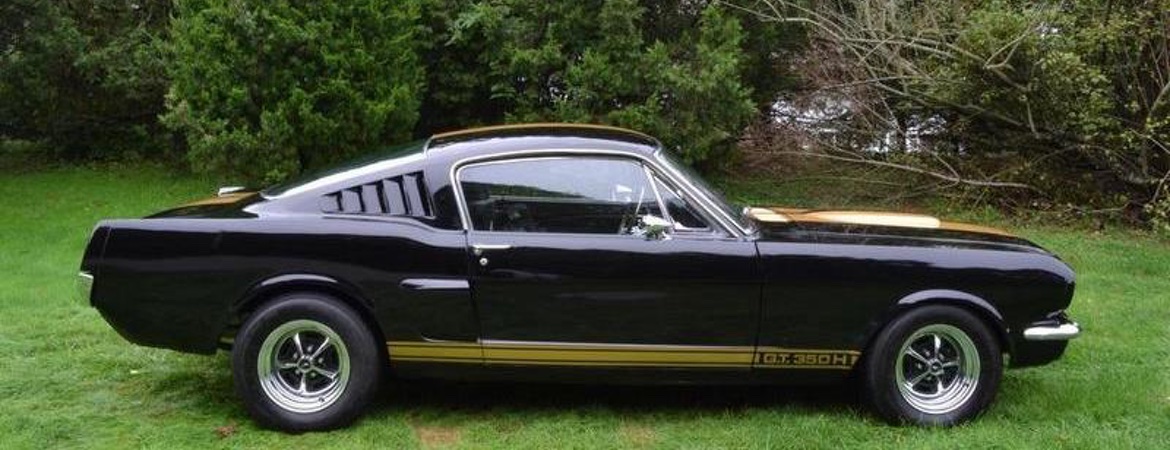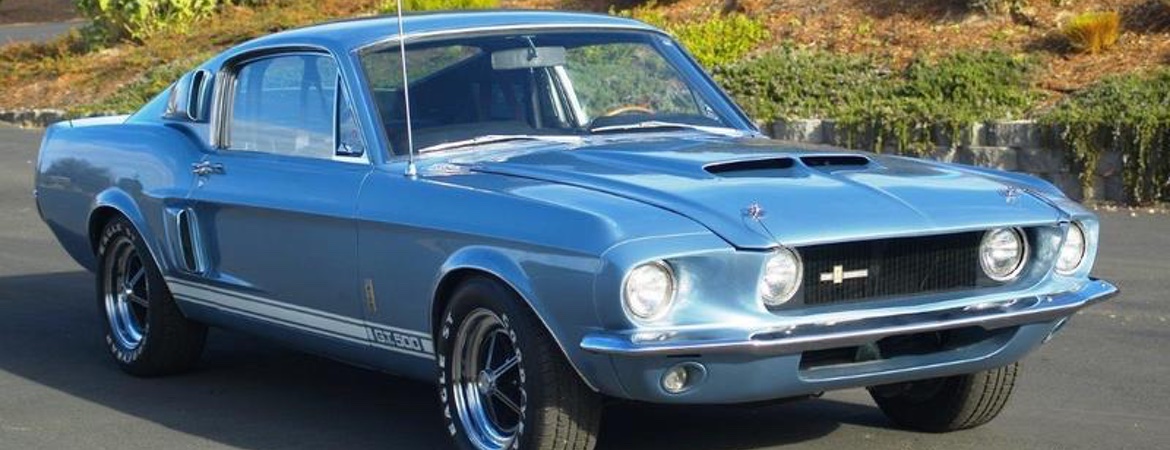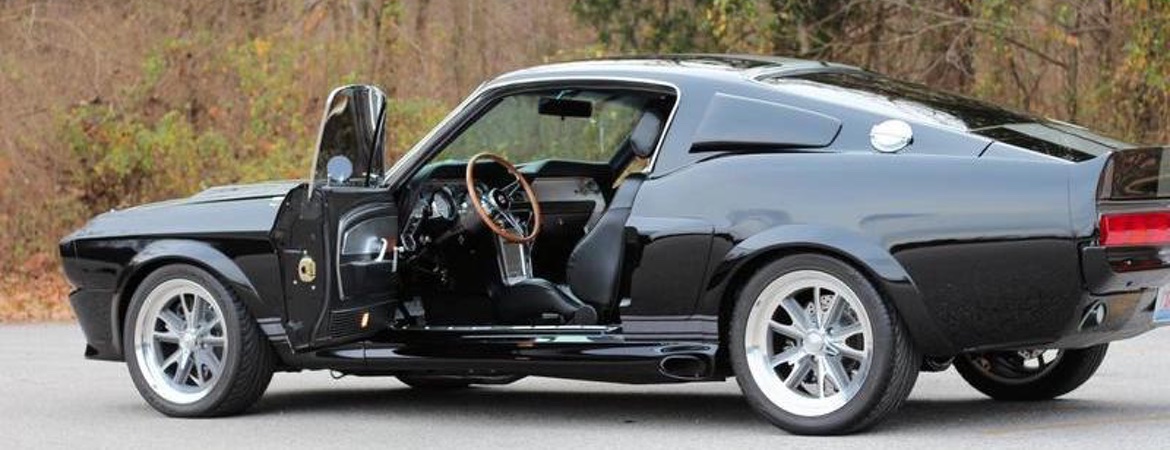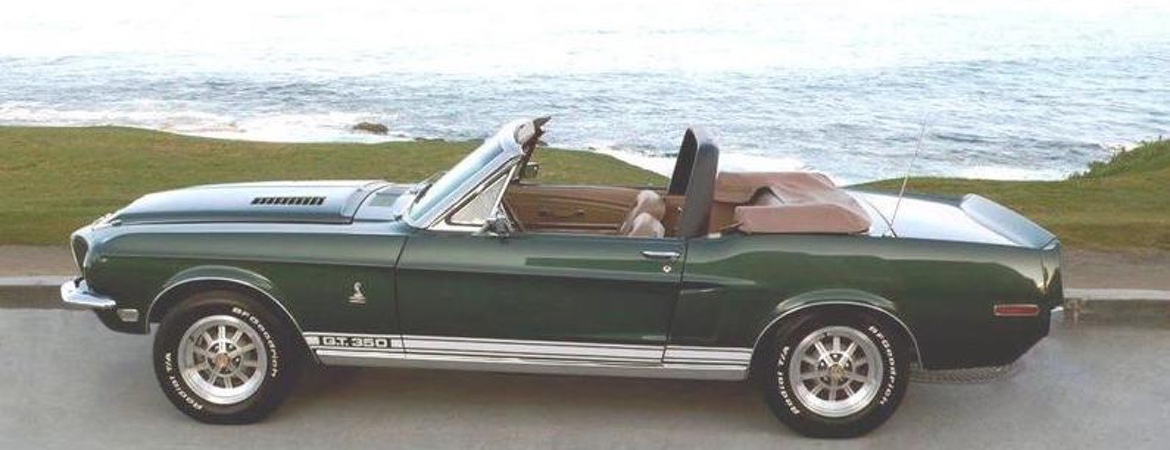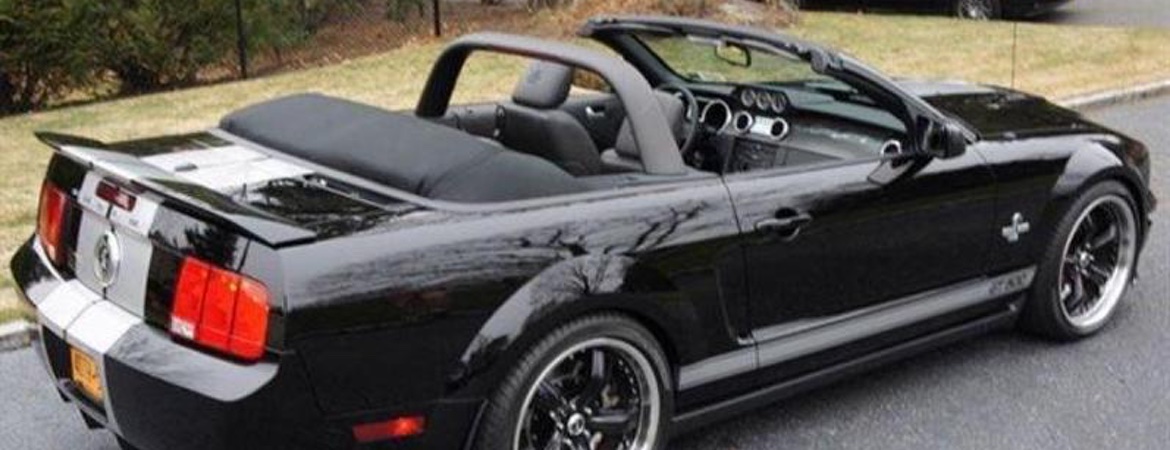The new Ford Mustang was honored as the Indianapolis pace car in 1964, A special convertible top version was used as the pacer, with an additional 230 built for public consumption. These were available in either convertible and hard top. Ford gave away 195 of the 1964 1/2 hardtop Mustangs in dealer contests. The “64 ½” was technically a 1965 model, but because it was introduced April 17, 1964, it got its 64 ½ moniker. Six months later, a number of major changes were made when Ford launched the “late 1965” Mustang, as they came to be known.
Search for 1964 1/2 Mustangs for Sale
Read more Info about 1964 1/2 Mustangs.
